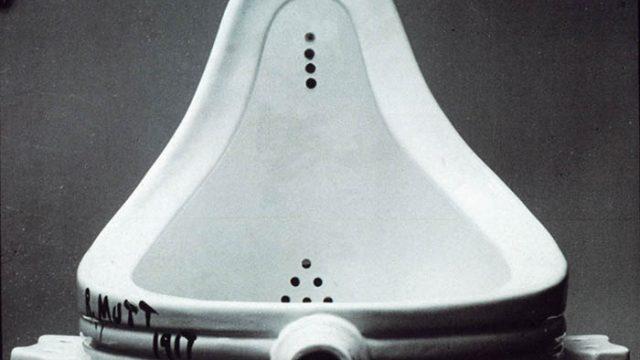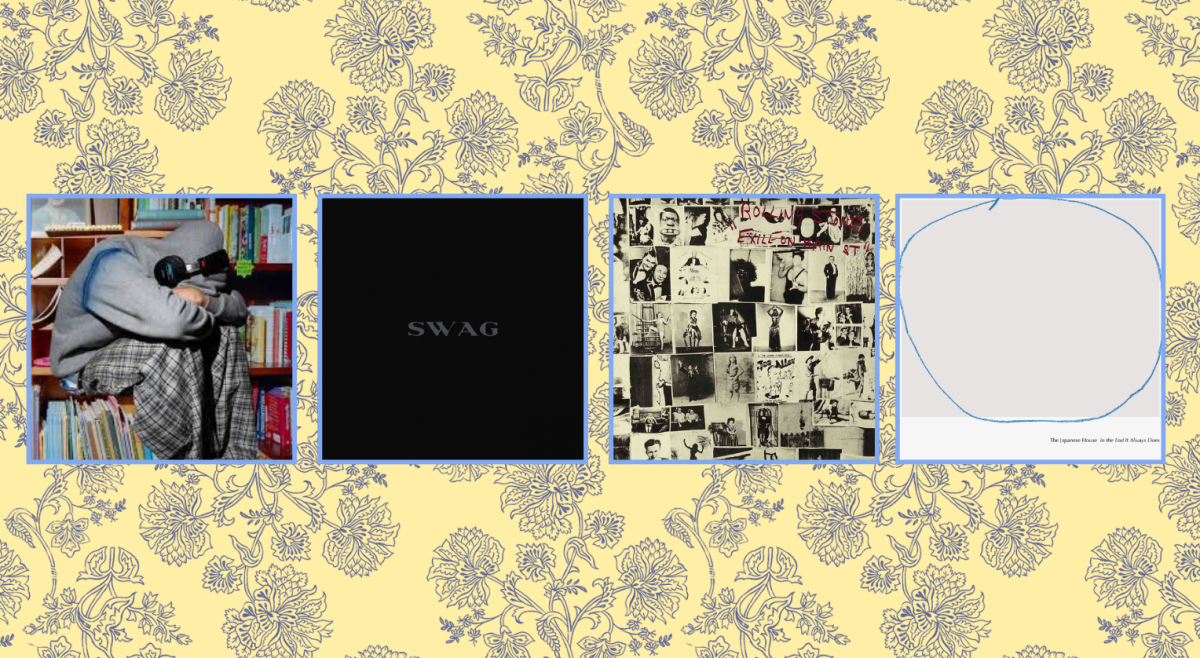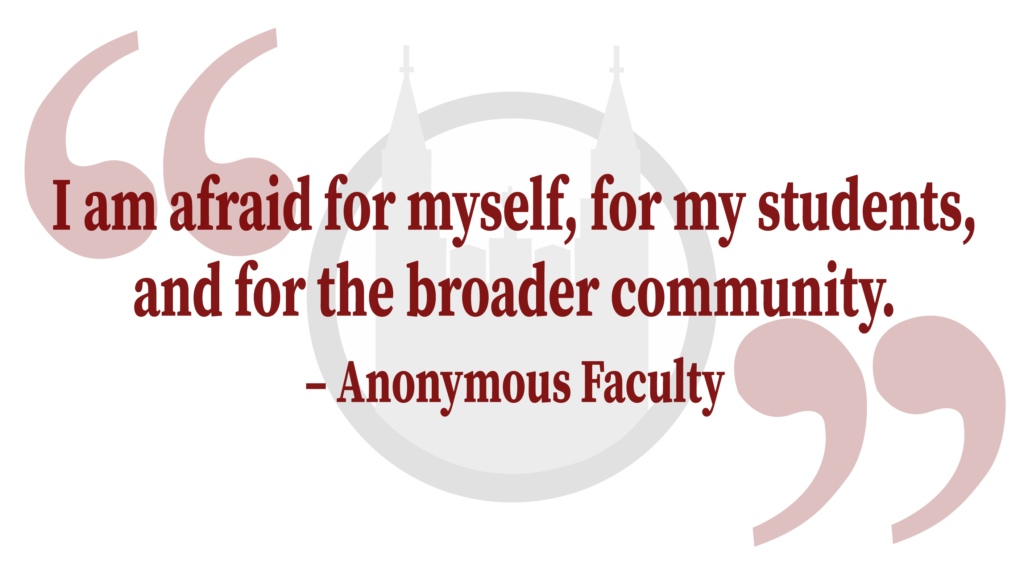Well I, for one, was utterly stumped.
I was squinting my right eye, tilting my head 90 degrees to the side, and trying for the life of me to understand how the “ingenious artistic piece” my middle school art history class was looking at qualified as both “art” and “ingenious.” For some weird reason, there was nothing blatantly odd or extraordinary about the large image projected on the far wall of our classroom. While my teacher blathered on about the sculpture’s unique qualities, convoluted messages, and hidden insinuations, all of us uncultured, art-blind eighth-grade plebeians mumbled the same perplexed question: “You call that art?”
What my teacher saw in this sculpture was some scathing critique of contemporary society—a talented individual’s take on the ways of the world, expressed loudly and in your face. What world-renowned French Dadaist sculptor Marcel Duchamp saw when he created the piece, I imagine, was an unprecedented opportunity to express himself—a groundbreaking commentary on the finer points of this chaotic human experience.
What I saw was a urinal—just a urinal.
Now, while I’m all for the perpetuation of waste-management innovation, and while I do have tremendous respect for the art of installing contemporary plumbing apparatuses, I had an admittedly difficult time believing that something as base as a urinal could be so avant-garde.
It was plain and awkward-looking. It was a hunk of cold, unforgiving porcelain, and you can bet I wasn’t buying its coveted classification as meaningful art. Now, more than ever, I believed that my art teacher could have either made it all up as some unnecessarily elaborate joke, or she could have been a bona fide loon.
Calling an integral feature of your average men’s bathroom inspired? Nope, I wouldn’t trust her as far as my weak, eighth-grade arms could throw Duchamp’s porcelain piece of junk. Which wouldn’t have been that far at all.
Now, that urinal-turned-water fountain featured in an early episode of hit Teen Nick show Zoey 101—the one all bedazzled and glammed up thanks to flowers, blinking lights, and a mighty powerful glue gun—was truly something else. I could certainly get behind calling that glitzy, metamorphosed thing a masterpiece. Complete with color, excessive quantities of frill, and a clear indication that the creative process had been applied to its creation, the Zoey 101 urinal screamed “art” decibels louder than Duchamp’s. Zoey had incorporated a water wheel, for crying out loud.
What I had incorrectly assumed from my middle school lessons, however, was that eccentric eighth grade art teachers had the power to deem virtually anything evocative or poignant art. My proclivity to summon logic and reason when confronted with an abstract problem or an unconventional art piece had failed me. I lacked the open-mindedness and suspension of disbelief necessary for understanding why this wall-mounted plumbing machine could be considered a genius showcase of important social commentary. If this thing is so special, I remember thinking, then why can’t I make millions off of broken appliances from my own home?
When I was young, I just didn’t get it. But now, I think I do.
Several years and many more art classes later, I have come to the realization that thinking literally has its drawbacks. For instance, Duchamp’s signature Dada style asked no clear question, and it frustrated me when I couldn’t come up with any kind of an answer. For too long, this type of thinking blocked my ability to see the world from a number of different perspectives.
I wanted various aspects of life to come with a set of instructions, and if I abided by the manual, I’d be in the clear. Until I came to Boston College, everything had transpired as if on a schedule—college visits preceded applications, which came a few months before graduation. I craved instruction, which I would then use to succeed.
Even more destructive was the way thinking literally prevented me from accepting the fact that there isn’t one right answer, and nothing is as simple as we’d like it to be. Not only is there not one clear answer, but there really shouldn’t be.
What I’ve come to appreciate—however strange it may seem to my younger self, stubbornly set in my ways—is that this lack of direction affords a person a peculiar kind of freedom.
Much like the adult world, the artistic realm is a place where nothing is certain. Very few things are set (clearly and legibly) in stone. One must be willing to establish his own meanings, his own interpretations of puzzling obstacles.
Because as the old adage goes, a porcelain urinal is worth a thousand words.



















